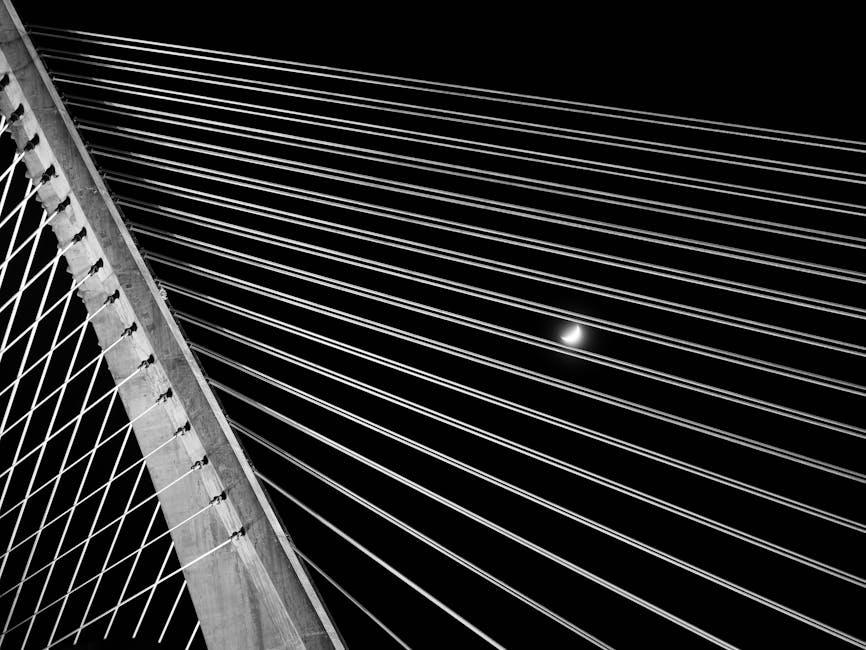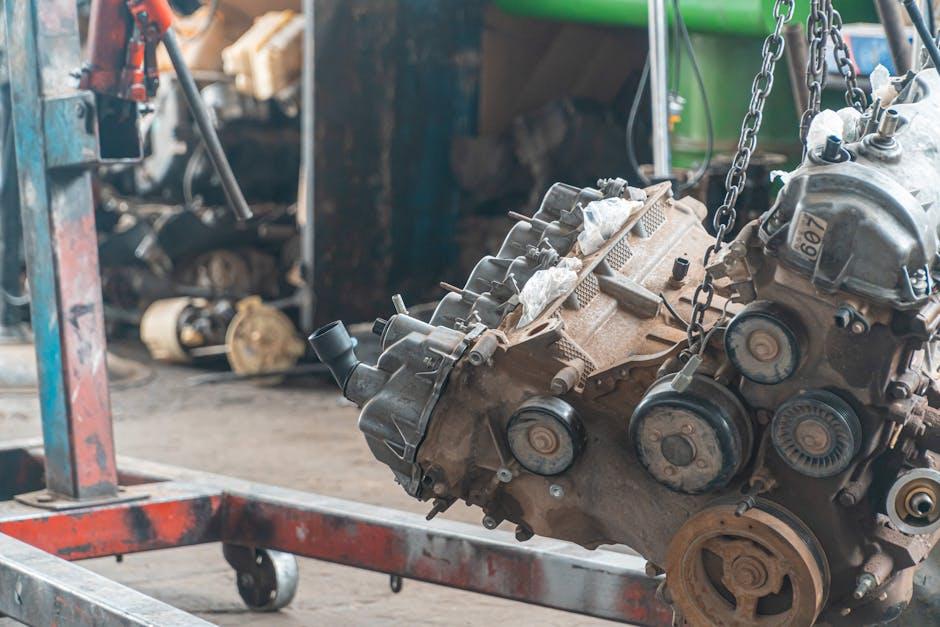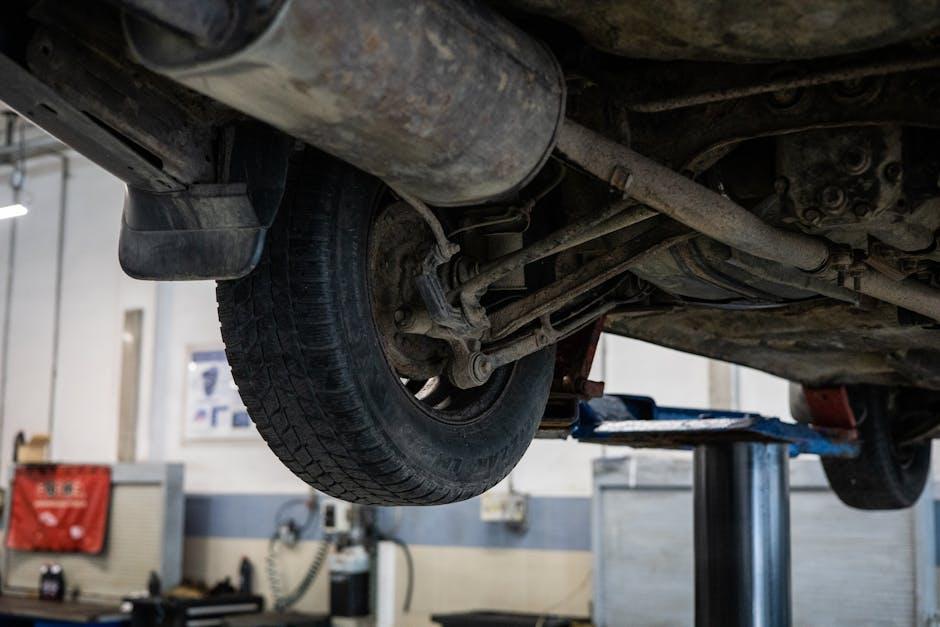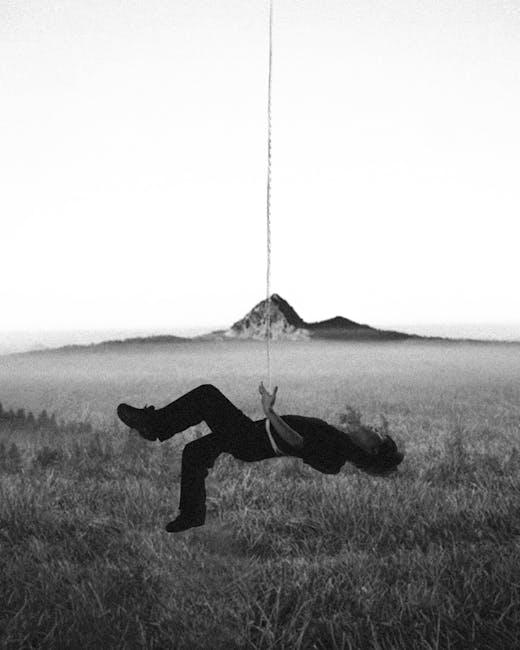Every rumble, creak, and clunk your vehicle makes can tell a story—especially when it comes from the suspension. Hidden beneath the smooth glide of your daily drive, suspension noises are often the first clues that your vehicle might need attention. But not all sounds are created equal. Knowing what to listen for can be the difference between a simple tune-up and a costly repair. In this article, we’ll tune your ears to the subtle symphony of suspension noise, helping you decode which sounds signal normal wear, and which demand a mechanic’s care. Welcome to the quiet language of your car’s undercarriage—let’s listen closely.
Table of Contents
- Common Suspension Noises and What They Indicate
- Identifying Noise Patterns During Different Driving Conditions
- How Worn Components Affect Suspension Sound Profiles
- Diagnosing Suspension Issues Through Sound Isolation Techniques
- Preventative Maintenance Tips to Minimize Suspension Noise
- When to Consult a Professional for Persistent Suspension Sounds
- Q&A
- In Conclusion

Common Suspension Noises and What They Indicate
Understanding the subtle sounds your suspension makes can save you from costly repairs down the road. A clunking noise when driving over bumps often signals loose or damaged components like ball joints, control arms, or sway bar links. Meanwhile, a creaking or groaning sound might point to worn-out bushings or dry suspension joints, indicating they need lubrication or replacement. Pay attention to squeaks and rattles, which may emerge from weak shocks or struts struggling to cushion the ride effectively.
Here’s a quick guide to help you decode common suspension noises:
- Knocking: Possible broken springs or damaged struts
- Squeaking: Dry bushings or worn rubber components
- Rattling: Loose mounts or sway bar end links
- Hissing: Air suspension leaks (for vehicles equipped)
| Noise Type | Likely Cause | Recommended Action |
|---|---|---|
| Clunking | Worn ball joints or control arms | Inspection and replacement as needed |
| Squeaking | Dry suspension bushings | Lubrication or bushing replacement |
| Rattling | Loose sway bar links | Tightening or replacement |
| Hissing | Air suspension leak | Professional leak diagnosis |

Identifying Noise Patterns During Different Driving Conditions
When your vehicle is in motion, certain noises can be telltale signs of suspension issues that vary with driving conditions. For instance, a clunking sound when driving over bumps often signals worn-out bushings or ball joints. On smoother roads, a subtle creaking noise during slow turns might suggest that suspension components need lubrication or replacement. Paying attention to how these noises change with speed, terrain, and steering input helps isolate potential problems before they escalate.
It’s useful to categorize common noises by different driving scenarios to better understand their cause:
- Bumpy/Rough Roads: Thuds or clunks as the suspension compresses.
- Turns and Steering: Creaks, squeaks, or popping sounds indicating stress on joints.
- Acceleration/Braking: Groans or rattles from shocks or struts under load changes.
- High Speeds on Smooth Surfaces: Rattling or humming linked to loose components.
| Driving Condition | Common Noise | Likely Issue |
|---|---|---|
| Bumpy/Rough Roads | Thud or Clunk | Worn Bushings or Ball Joints |
| Slow Turns | Creaking | Dry or Damaged Joints |
| Acceleration/Braking | Groaning | Strut or Shock Issues |
| High Speeds | Rattling | Loose Components |

How Worn Components Affect Suspension Sound Profiles
Over time, the gradual wear of suspension components transforms the sound signature of your vehicle’s ride. Worn bushings often cause a persistent clunking or knocking indicative of increased metal-on-metal contact, while degraded shock absorbers may produce a rhythmic tapping or rattling when the vehicle hits bumps. These subtle shifts in noise can act as an early warning system, alerting you to deteriorating parts before complete failure occurs. Listening carefully to these evolving sounds allows drivers to identify troubled areas with surprising accuracy.
Different materials and conditions yield distinct sound profiles. Here’s a brief overview of how common worn parts manifest acoustically:
- Ball Joints: Creaking or popping during steering motions
- Struts/Shocks: Thudding or knocking after impact with road imperfections
- Control Arm Bushings: Clunking noises when accelerating or braking
- Sway Bar Links: Clicking or rattling in corners
| Component | Typical Sound Cue | Common Cause |
|---|---|---|
| Shock Absorber | Thudding | Fluid leakage or worn seals |
| Control Arm Bushing | Clunking | Rubber deterioration or cracks |
| Ball Joint | Popping | Lack of lubrication |
| Sway Bar Link | Clicking | Loose or broken link ends |

Diagnosing Suspension Issues Through Sound Isolation Techniques
To effectively pin down the source of troubling suspension noises, isolating sound becomes crucial. Start by listening carefully while driving over different road surfaces — gravel, potholes, or speed bumps — as each surface can provoke distinct sounds indicating specific issues. Use a process of elimination by focusing on one wheel at a time, preferably with a helper gently bouncing the car while you listen from inside. This technique highlights sounds caused by worn bushings, leaking shocks, or damaged struts. Tip: Wearing noise-cancelling headphones can help you detect subtle clunks or creaks that would otherwise get lost in ambient road noise.
Applying a systematic approach helps you differentiate between common suspension sounds. The table below summarizes typical noises and their likely causes, which can expedite your diagnostic process during testing:
| Sound Type | Possible Cause | Location to Check |
|---|---|---|
| Clunking | Loose control arm or sway bar link | Front/Rear wheel wells |
| Creaking | Dry or cracked bushings | Suspension joints |
| Knocking | Worn shock absorber | Shock mounts and struts |
| Rattling | Loose or broken springs | Coil springs |

Preventative Maintenance Tips to Minimize Suspension Noise
Keeping your suspension system in top shape begins with regular inspections and simple routine care. Start with visual checks of components like bushings, shocks, and struts for any signs of cracking, corrosion, or unusual wear. Regularly cleaning these parts also prevents dirt buildup that can accelerate deterioration. Another key practice is to pay close attention to your vehicle’s response—if you notice any subtle creaking or squeaking noises especially while turning or driving over uneven surfaces, it’s time to aim for a professional suspension check before these sounds turn into costly repairs.
Integrating preventative maintenance into your vehicle care routine gives you early control over suspension noise. Below are essential tips to keep noise at bay:
- Lubricate moving suspension parts using manufacturer-recommended oils or greases.
- Maintain proper tire pressure to reduce stress on suspension components.
- Replace worn-out shocks or struts promptly to keep the ride smooth and silent.
- Check wheel alignment periodically to avoid uneven wear and noise-related symptoms.
| Maintenance Task | Frequency | Benefit |
|---|---|---|
| Visual Suspension Inspection | Every 6 months | Early detection of wear and damage |
| Lubricate Suspension Joints | Annually | Prevents squeaks and rust buildup |
| Tire Pressure Check | Monthly | Reduces component strain and noise |
| Wheel Alignment Service | Every 12 months | Ensures optimal handling and reduces noise |

When to Consult a Professional for Persistent Suspension Sounds
Ignoring persistent sounds coming from your suspension can lead to more significant issues down the road. If you notice noises that continue despite basic troubleshooting—such as clunking during turns, creaking on uneven roads, or a constant rattling at various speeds—it’s a clear signal that a professional’s assessment is necessary. Additionally, if these sounds are accompanied by a change in handling, like pulling to one side or decreased ride comfort, do not delay in seeking expert advice. These symptoms often hint at worn bushings, damaged shocks, or loose components that require precise diagnostics and repair.
Some common red flags that should prompt immediate consultation include:
- Grinding noises when braking
- Bouncing or swaying sensations after hitting a bump
- Unusual tire wear patterns linked to suspension issues
- Visible leaks around shock absorbers or struts
| Sound Type | Potential Cause | Action Needed |
|---|---|---|
| Clicking when turning | Worn ball joints | Inspect and replace parts |
| Squeaking during acceleration | Dry or damaged bushings | Professional lubrication or replacement |
| Thud on bumps | Broken spring or shock absorber | Immediate repair recommended |
Q&A
Suspension Noise: What to Listen For — Q&A
Q: What exactly is suspension noise in a vehicle?
A: Suspension noise refers to unusual sounds originating from a car’s suspension system while driving. These sounds often indicate wear, damage, or issues with components like shocks, struts, bushings, or ball joints.
Q: Why should I pay attention to suspension noise?
A: Suspension noise can be an early warning sign of problems that affect vehicle safety and comfort. Ignoring these sounds may lead to costly repairs or compromised handling.
Q: What kinds of noises are common with suspension issues?
A: The most common suspension noises include clunks, creaks, squeaks, rattles, and thuds. Each sound can point to a different underlying problem.
Q: What does a clunking noise usually indicate?
A: Clunking often signals loose or worn suspension parts such as ball joints, control arm bushings, or sway bar end links. It’s typically heard when driving over bumps or during turns.
Q: How about creaking or squeaking noises?
A: These noises often come from dry or cracked bushings and joints, or from shock absorbers and struts lacking proper lubrication or showing signs of age.
Q: What could rattling noises mean?
A: Rattling might suggest loose components in the suspension or exhaust system, broken springs, or damaged mounts that allow parts to move excessively.
Q: When should I seek professional inspection for suspension noise?
A: If you hear persistent or worsening suspension noises—especially if combined with vibration, pulling to one side, or changes in ride quality—it’s wise to have a certified mechanic diagnose the issue promptly.
Q: Can suspension noise affect driving safety?
A: Absolutely. Failing suspension components can reduce vehicle stability, steering precision, and braking efficiency, increasing the risk of accidents.
Q: How can I prevent suspension noise?
A: Regular vehicle maintenance, including timely inspection of suspension parts, lubrication of joints, and replacement of worn components, helps keep noise—and problems—at bay.
Q: Is suspension noise always related to worn parts?
A: Mostly, yes—but sometimes, suspension noise can be caused by debris caught in the system or temporary issues due to weather conditions. Still, these noises should never be ignored.
Q: Can I diagnose suspension noise myself?
A: While you can listen and note when and where noises occur, a professional inspection is recommended for an accurate diagnosis and safe repairs.
Listening closely to your suspension’s sounds is like tuning into your vehicle’s subconscious whispers. Paying attention early can save you from loud problems down the road.
In Conclusion
In the symphony of your vehicle’s mechanics, suspension noise is an often overlooked instrument—subtle yet telling. Paying attention to these sounds not only helps you decode the health of your suspension but also ensures a smoother, safer ride ahead. So next time your car whispers a creak or moans a thud, listen closely—it’s speaking a language that your ears and your safety can’t afford to ignore.
